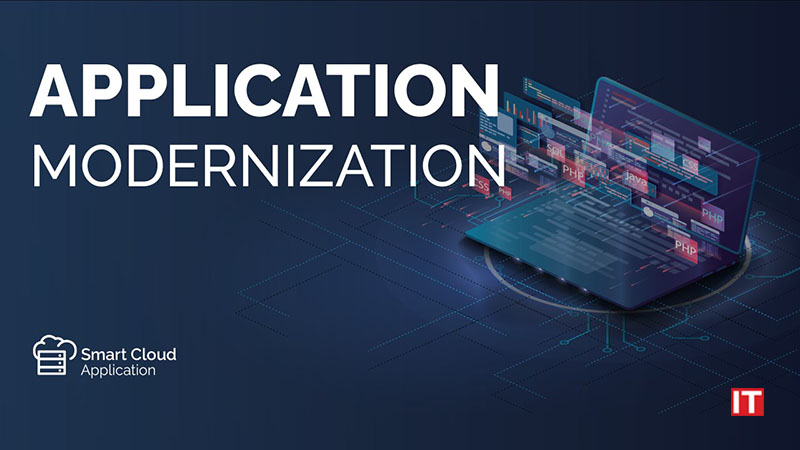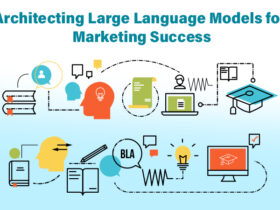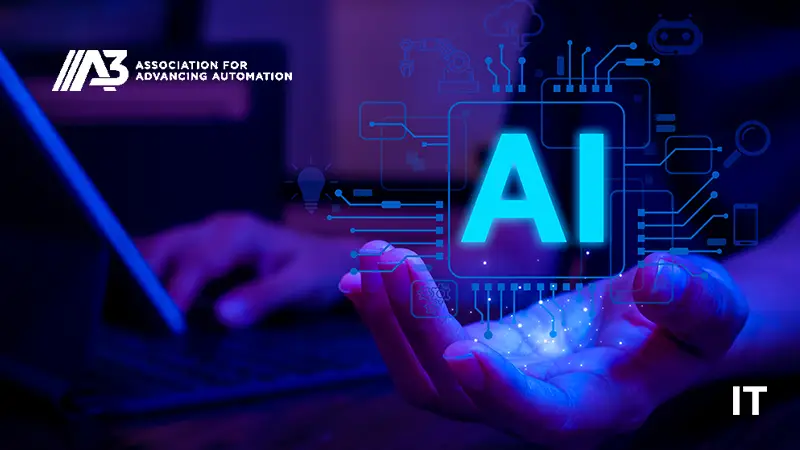Are your IT systems actually helping the business or just slowing it down? Managing IT these days is messy. All this is in place with cloud services, hybrid setups, multiple vendors, and IaaS running in tandem. Just one minor mistake, one failure, and operations might stop. It is common for teams to use more time fire-fighting than trying to be future-ready.
How do you fix this? How do you make IT actually work for the business? That is where the Information Technology Infrastructure Library comes in. ITIL is a framework used around the world to guide IT teams. It is not a checklist. It helps connect everyday IT work to business results.
AXELOS offers ITIL 4 Foundation certifications and resources. They show organizations how to plan, deliver, and improve IT services in a way that really creates value. Using ITIL properly turns IT from a reactive function into a strategic part of the business. Teams can become faster, more stable, and actually make a difference.
Managing IT services today is not simple. The IT world is fast, and things change all the time. The information technology infrastructure library helps organizations keep IT running smoothly. It is a framework that guides teams through the lifecycle of IT services. The goal is clear. IT operations need to match business needs and deliver consistent service.
ITIL has changed a lot over time. ITIL 4 is different from the older ITIL v3 model. V3 focused mostly on processes. ITIL 4 focuses on the Service Value System. This system links what the business needs with how value is created. It is not rigid. Teams can adjust it and still make sure services actually help the business.
Cloud and IaaS make this even more important. Standardization and automation help teams reduce downtime and manage resources better. When IT teams follow ITIL principles, service delivery is more reliable even across multiple cloud environments.
IBM says ITIL has 34 best practices. These practices improve IT support and make sure IT serves the business. Guiding principles like Focus on Value and Start Where You Are remind teams to take practical steps. They encourage continuous improvement without making things unnecessarily complicated.
The ITIL 4 Framework and the Service Value System
The ITIL 4 framework is built around something called the Service Value System. It is basically a way to make sure IT delivers real value to the business. The idea is to take everything IT does, from the opportunities and demands the business has, and turn that into outcomes people care about. The SVS has several key components. It starts with understanding opportunity and demand. Then come the guiding principles that help teams make decisions. Governance makes sure things stay on track. The Service Value Chain is the heart of the system. Practices are the detailed steps teams follow. And finally, everything leads to creating actual value.
The Service Value Chain is where the work happens. It is made up of six activities. First, Plan, where teams figure out what needs to happen and align it with business goals.
Second, Engage, which is about talking to customers, users, and partners to understand their needs.
Third, Design and Transition, which focuses on building or improving services and moving them into use.
Fourth, Obtain and Build, which covers getting the technology, tools, and resources needed.
Fifth, Deliver and Support, where services are actually provided and problems are solved.
Sixth, Improve, which is about learning from experiences and making things better over time.
These steps are not rigid. Teams can adjust them depending on what makes sense for the situation.
Microsoft’s Service Manager is a good example of putting this into action. It relies on ITIL best practices for incident and problem management. It automates help desk operations allowing the team to quickly resolve problems and maintain smooth service. This indicates that ITIL principles can be used in contemporary IT settings.
In general, the SVS assists firms in deriving significance from a multifaceted compilation of IT tasks. It links the activities of IT to the values of the companies. By observing the value chain, governance rules, and guiding principles, the IT departments can direct their attention to the results instead of merely satisfying the requirements. This methodology is applicable in cloud and hybrid scenarios as it is flexible, adaptive, and concentrates on the actual output.
The Four Dimensions of Service Management
ITIL 4 does more than just give steps for IT teams to follow. It looks at IT service management from four angles to make sure organizations work as a whole. The first dimension is Organizations and People. This is about culture, structure, and having the right skills. Without the right people and the right way of working together, even the best IT framework will fail.
The second dimension is Information and Technology. ITIL helps manage information, data, and the technology stack. In cloud and IaaS environments, this includes tools for monitoring, automation, and keeping systems running smoothly. Good technology alone is not enough. Teams need to use it in the right way to make services reliable.
Value Streams and Processes are the third dimension. This focuses on how work flows through an organization to create value. It includes everything from incident handling to problem resolution and change management. Optimizing these processes ensures that IT contributes directly to business outcomes.
The last dimension is Partners and Suppliers. Many organizations rely on third-party vendors and cloud providers. ITIL provides guidance for managing these relationships so that external teams deliver consistently and in alignment with internal goals.
A practical example comes from Google Cloud. Their Resource Management with ServiceNow shows how asset discovery across multiple platforms can be automated. IT workflows can be integrated and managed efficiently, demonstrating ITIL principles in action. This shows that ITIL is not just theory. It helps teams organize, control, and improve service delivery across people, technology, processes, and partners.
Key Practices and Service Delivery Improvement
ITIL is not just a set of rules or ideas. It is meant to help teams actually make IT services work better. Incident Management is one of the most crucial perspectives. When an issue occurs or a device stops functioning, the intent is to return it to its normal state as quickly as possible. Each minute of unserviceable time counts, particularly in cloud or IaaS systems. Incident Management guarantees that the teams are able to react rapid-fire and thus maintain a continuous flow of services.
Problem Management looks deeper. It is not just about fixing things once. It tries to find the root cause of the problem. This way the same issue does not happen again. Teams look for patterns, check what went wrong, and put solutions in place that make the whole IT setup more stable over time.
Change Enablement is another big one. IT systems need updates, new features, and fixes. But changes can cause problems too. Having a standard way to handle changes reduces risks. The teams can carry out the changes safely by planning, approving, and rolling them out. This becomes even more critical in the IaaS environments where a minor error could impact multiple services simultaneously.
The process of Continual Improvement ensures that the organizations do not go backward. The teams spot the areas that need attention, come up with ways to improve, implement the plan, and evaluate the outcomes. Then they start the next cycle. This loop helps IT services keep up with business needs and deliver more value over time.
Microsoft works with ServiceNow to show how this looks in real life. They bring together old tools, automate help desk processes, and make workflows easier. This lets teams manage incidents, problems, and changes faster and more reliably. It also makes sure ITIL practices are used properly so services stay aligned with business goals.
Using these practices together, IT teams can do more than just react to problems. They can make services better, reduce risks, and focus on what matters most for the business.
ITIL as a Strategic Business Asset
The information technology infrastructure library is not just a set of rules or a certificate. It is a tool to help IT teams actually support the business. ITIL 4 gives a way to stay flexible while keeping services steady. It helps teams see how what they do every day affects real outcomes for the organization. Planning, responding, and delivering services all become clearer when ITIL is used right.
Following the framework is not enough. The whole organization has to be on board. As much as the methods, the culture, the habits, and the people working together count. The principles have to be used by the teams in their daily work and they should always be looking for improvement.
ENISA guidance on cybersecurity and risk management shows how ITIL fits with real-world rules. Using best practices under directives like NIS2 helps keep services safe and reliable. ITIL becomes more than a framework. It becomes a tool that delivers real value to the business and builds trust in IT.
































